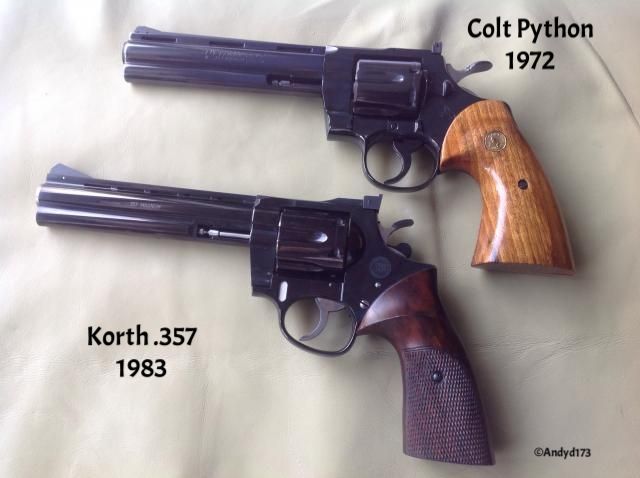Bill DeShivs
New member
Again, someone who fails to understand the mechanics of firing pins. The firing pins are DESIGNED to crush the rim of the brass cartridge. The plastic simply deforms and allows the firing pin to travel forward too far with very little resistance. You have to remember that the force of the hammer or striker spring is concentrated on the tint firing pin tip-and the force exerted at the tip is very strong.
Here is an analogy: push the tip of a car key into your finger with 6 ounces of pressure. Nothing happens.
Push the tip of a needle into your finger with 6 ounces of pressure. Ouch!
The tiny firing pin tip acts like the needle-pushing right through the soft plastic. It can't do that to the brass casing.
Here is an analogy: push the tip of a car key into your finger with 6 ounces of pressure. Nothing happens.
Push the tip of a needle into your finger with 6 ounces of pressure. Ouch!
The tiny firing pin tip acts like the needle-pushing right through the soft plastic. It can't do that to the brass casing.


